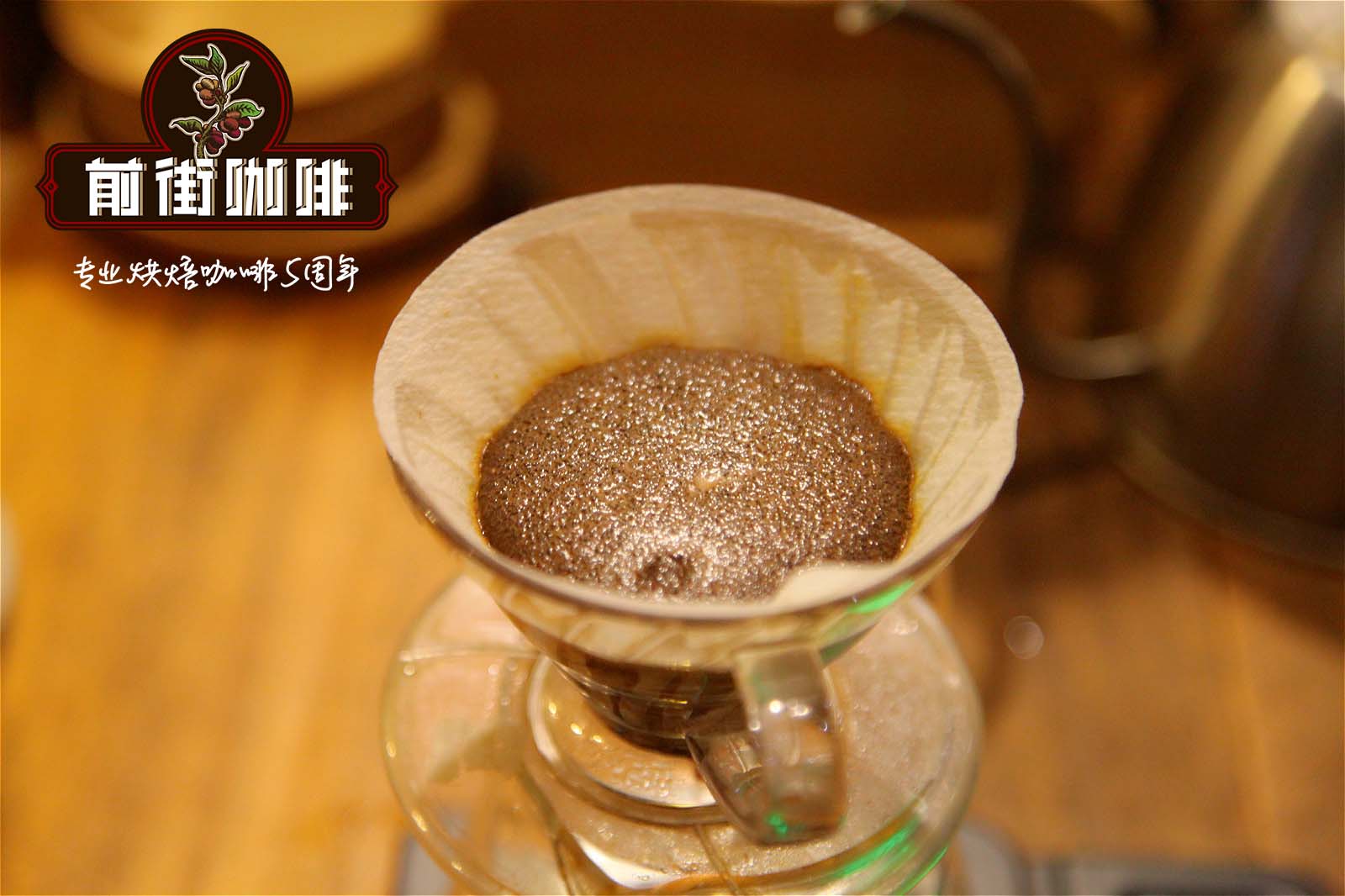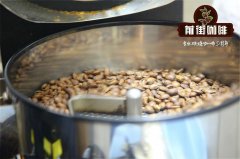Rwanda Coffee treatment introduces the characteristics of washable flavor in Rwanda. How's the coffee?

Professional coffee knowledge exchange More coffee bean information Please pay attention to coffee workshop (Weixin Official Accounts cafe_style)
Introduction to Rwandan Coffee Processing
Once upon a time, coffee was handled differently on each farm, and beans from different farms would come together and mix with neighbors.
After the genocide, the country began to open up to foreign aid and revitalizing the coffee industry became a national priority. PEARL and SPREAD programs began to emerge in China to provide consistent training for farmers and to establish washing stations to match traditional coffee processing methods in East Africa. Burundi is one of those countries that uses this approach to its fullest.
Another noteworthy feature is the African Fully washed process, which involves soaking coffee beans twice, a practice not common in Latin America.
One of the most commendable things about Rwandan coffee is that after the coffee cherries are harvested, farmers pick out the green cherries first. Then, the ripe cherries are separated in the washing tank, and only the red cherries are sent to the husker. Depending on the weather conditions at the time, coffee cherries with residual pectin will ferment for 24-48 hours. The purpose of fermentation is to avoid spoiling the coffee flavor. Then send the clean coffee beans with the remaining sheepskin to dry. All coffee is dried on a net bed for 15-22 days, leaving about 11% moisture. When the weather is too hot, farmers must cover them with cloth, otherwise the drying process will be completed prematurely.
The best Rwandan beans should have a white skin and no cracks if the drying process is completed in time. This allows more organic compounds to be retained, and the shelf life can be extended while the taste is good.
Rwandan coffee beans grown at high altitudes are generally sweet and dense when treated with full water washing.
Rwanda is blessed with ideal coffee growing conditions, including high altitude, steady rainfall, volcanic soil, organic environment, and beans are very prosperous bourbon. The vast majority of coffee in Rwanda is produced by smallholder farmers, some 500,000 of whom own less than one hectare of farmland. Although Rwanda has a long history of coffee production, it has only recently seen significant improvements in quality, with different climatic, soil and growing conditions in different regions.
Rwanda is known as the "country of thousands of mountains", most of the coffee is grown at an altitude of 1700-2000 meters, in the eyes of many people, is one of the most interesting coffee in Africa. The best Rwandan coffees can have a clean, bright flavor of Central and South America, a better balance than Kenya, and an attractive fruity sweetness, even a floral aroma, and a tea-rich finish. Of all African countries, only Rwanda hosts the Cup of Excellence.
Qianjie Coffee: Guangzhou's baking shop, small store but a variety of beans, can find a variety of famous beans, but also provide online store services. https://shop104210103.taobao.com
Important Notice :
前街咖啡 FrontStreet Coffee has moved to new addredd:
FrontStreet Coffee Address: 315,Donghua East Road,GuangZhou
Tel:020 38364473
- Prev

Rwanda coffee beans characteristic flavor Rwanda coffee brand Lake Kivu Lake Kivu coffee beans story
For more information on coffee beans, please follow the coffee workshop (Wechat official account cafe_style) the taste of Rwandan coffee varies a lot: cherry, raisin, lime, acrylic, cantaloupe, orange, honey, candy, apricot, plum and so on. In fact, the taste of these fruits are all certified by excellent growing conditions. According to Nationa
- Next

Starbucks Rwanda Coffee Shuli / Xiaoli Coffee Bean Story introduces how Rwanda Shuli Coffee beans
Professional coffee knowledge exchange more coffee bean information please follow the coffee workshop (Wechat official account cafe_style) Rwanda (Rwanda) is located in Africa, the domestic coffee bean varieties are mostly Arabica/Bourbon. Coffee beans are particularly attractive because of their smooth flavor, moderate acidity and sweet citrus quality with caramel. In the past 10 years, due to their own coffee growers
Related
- Does Rose Summer choose Blue, Green or Red? Detailed explanation of Rose Summer Coffee plots and Classification in Panamanian Jade Manor
- What is the difference between the origin, producing area, processing plant, cooperative and manor of coffee beans?
- How fine does the espresso powder fit? how to grind the espresso?
- Sca coffee roasting degree color card coffee roasting degree 8 roasting color values what do you mean?
- The practice of lattes: how to make lattes at home
- Introduction to Indonesian Fine Coffee beans-- Java Coffee producing area of Indonesian Arabica Coffee
- How much will the flavor of light and medium roasted rose summer be expressed? What baking level is rose summer suitable for?
- Introduction to the characteristics of washing, sun-drying or wet-planing coffee commonly used in Mantenin, Indonesia
- Price characteristics of Arabica Coffee Bean Starbucks introduction to Manning Coffee Bean Taste producing area Variety Manor
- What is the authentic Yega flavor? What are the flavor characteristics of the really excellent Yejasuffi coffee beans?

